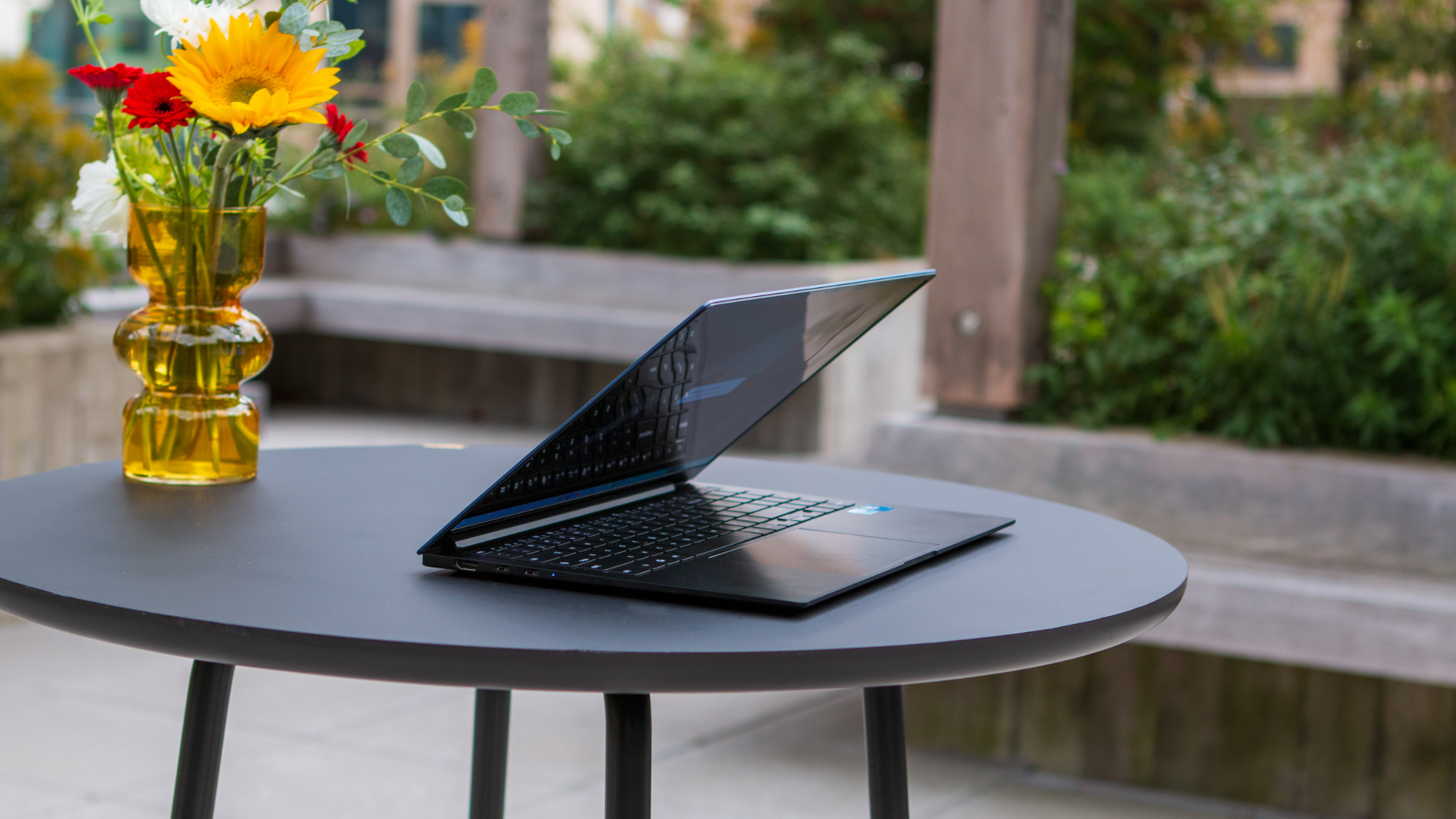Philips hue review: instant atmosphere for your home
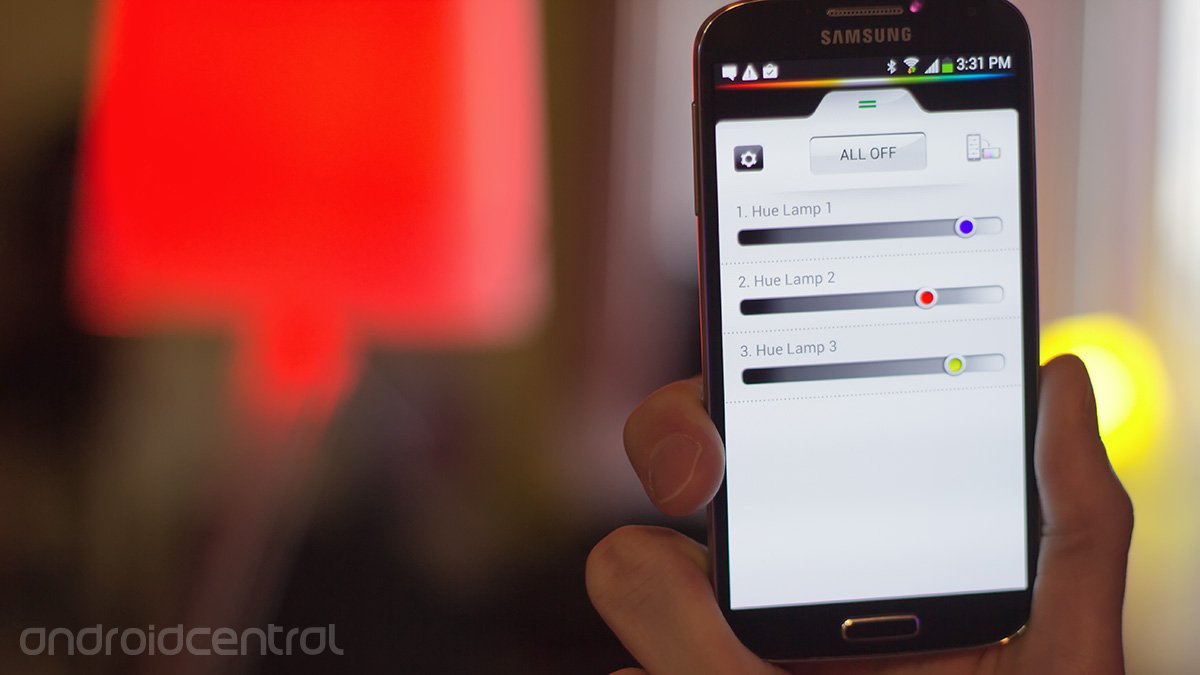
I’ve been using the core set of the Philips hue light bulbs for a little while now, and they’re pretty great. For those unfamiliar, these are Wi-Fi-enabled LED light bulbs that can change color through an Android or iOS app. Many of the color schemes are prepackaged with the app, based on photos fed into it, though you can can input and color pick from your own pictures too.
There are a few presets that are “scientifically proven” to enhance concentration, relaxation, reading, and energy. This is all enabled through a hub that you plug in directly to your Wi-Fi router, which communicates to the light bulbs over ZigBee, which is a decentralized, low-energy, low-speed wireless standard. Setup is super-easy; just replace your lightbulbs, plug in the hub, start the app, and hit the button on the hub in the pairing process.
I only used the original core set, but Philips recently launched two more sets of light bulbs built for overhead lighting, which is in addition to their less conventional releases before that, LightStrip and Bloom. If you’re sold on the idea of the system, you can easily end up spending a lot of money on these. The core app was recently updated with a scheduling tool, so you can set lights to go on, off, or switch themes at certain times. You have full remote control over individual lights, including color scheme and brightness. Unfortunately, the geofencing triggers aren't available on the Android version just yet.
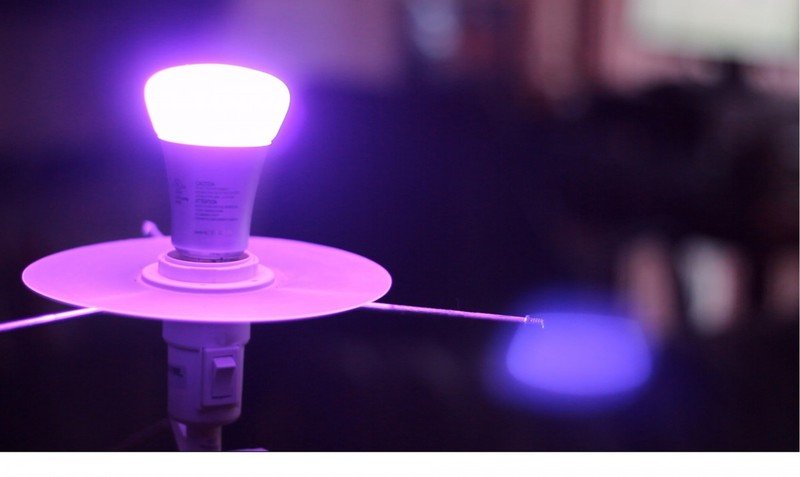
Though the bundled software is great, I was equally impressed with the app ecosystem that hue has spawned. I tried out f.lux, which changes the color temperature of my PC display based on the time of day and when the sun sets in my area, and they’ve recently extended into hue so your home lights can change in the same way. The Hue Pro mobile app that offers home screen widget, a funky lava lamp mode, and soon an option to pulse the lights in time with your music. The connection to IFTTT is a pretty big deal, allowing you to do stuff like change the lighting scheme based on the weather, or blinking when you get tagged in Facebook. I would be particularly excited to get this working with the Belkin WeMo motion sensors, so rooms could calmly glow on and off in time-appropriate colors as you move throughout your house.
Now, my Wi-Fi has been out of whack for a little while - well before I set up the hue lights. Wi-Fi connections cut out to PCs and devices around the house regularly. I’ve tried switching routers, without avail, so now I’m on the brink of switching ISPs. This has been a big hurdle for the hue system: it adds not one (the app), or two (your Wi-Fi router), but three (the ZigBee hub) potential points of failure for something as simple as switching off your lights. I had a lot of instances of having to reconnect the app as if I was doing so remotely, which meant booting me out to the browser and waiting for the pairing process to run through again. This is a hassle when you’re on your way out, and you want to make sure the lights get turned off. I’d chalk that up to my personal situation rather than a fault with the hue system itself, though judging from the Play store reviews, I'm not alone in stability issues. In any case, it does highlight that if you’re having Wi-Fi problems around the home, then it will also mean you’re having lighting problems.
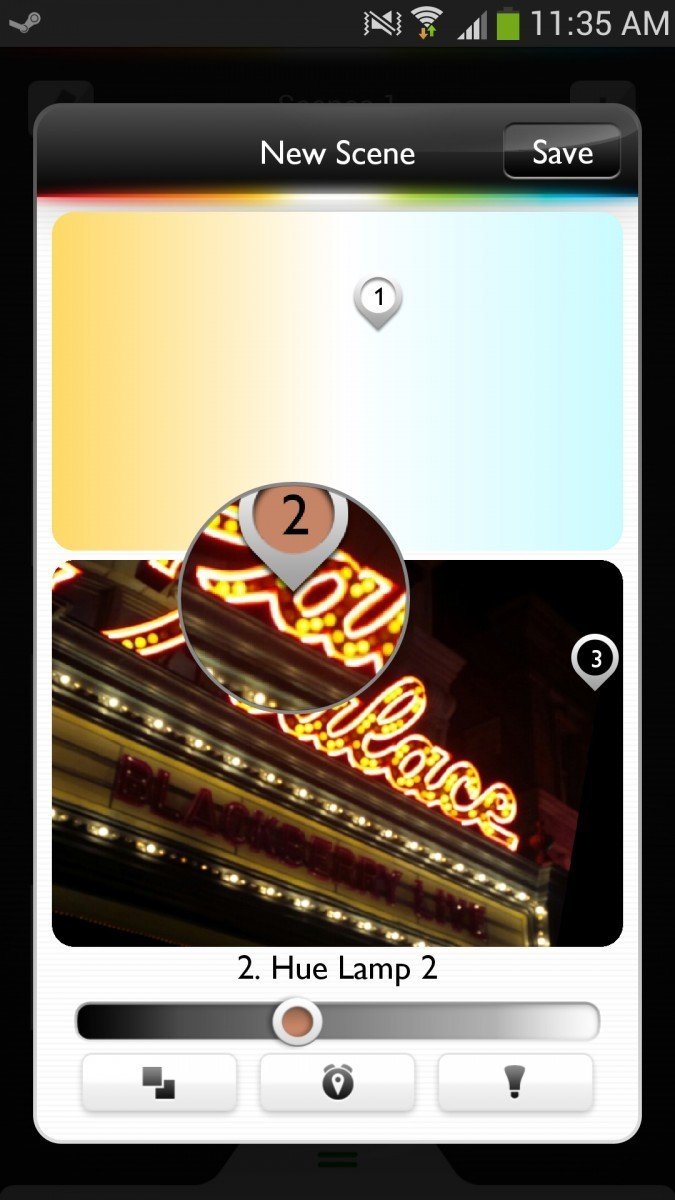
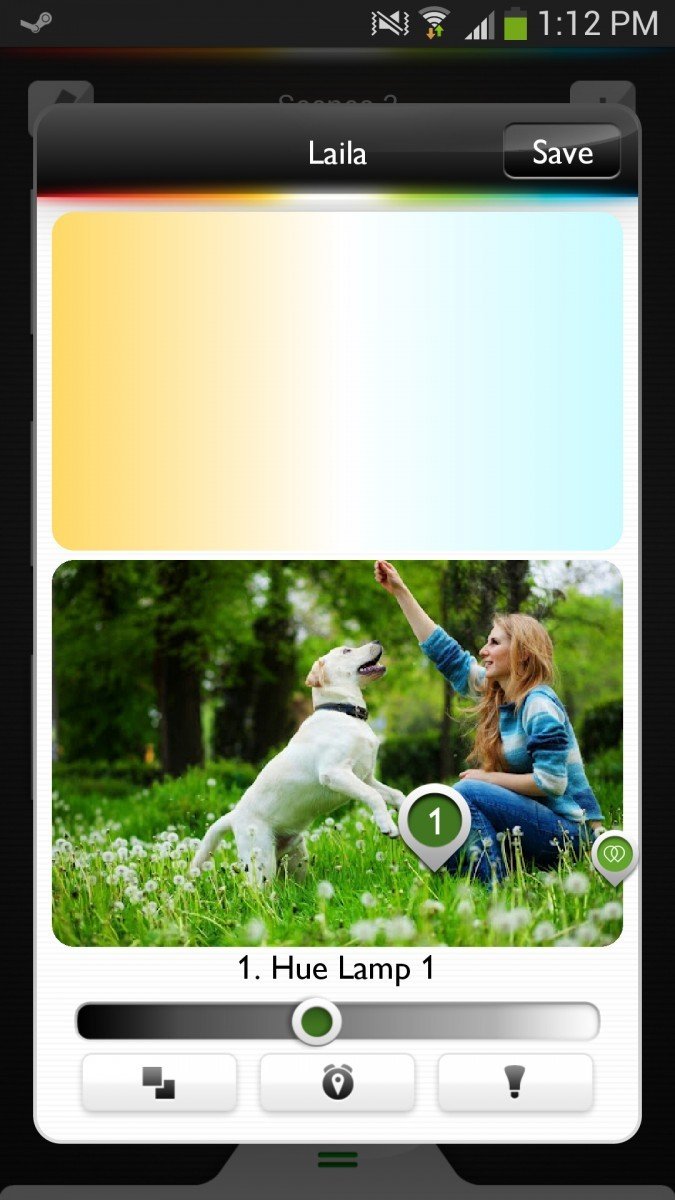
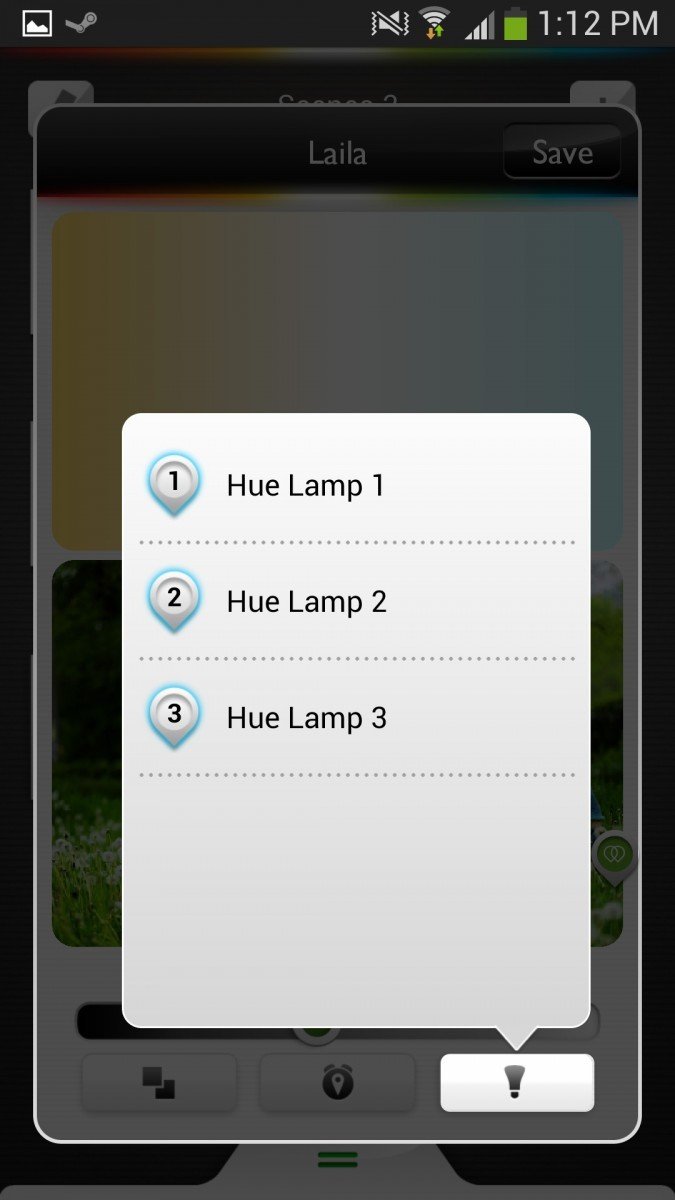

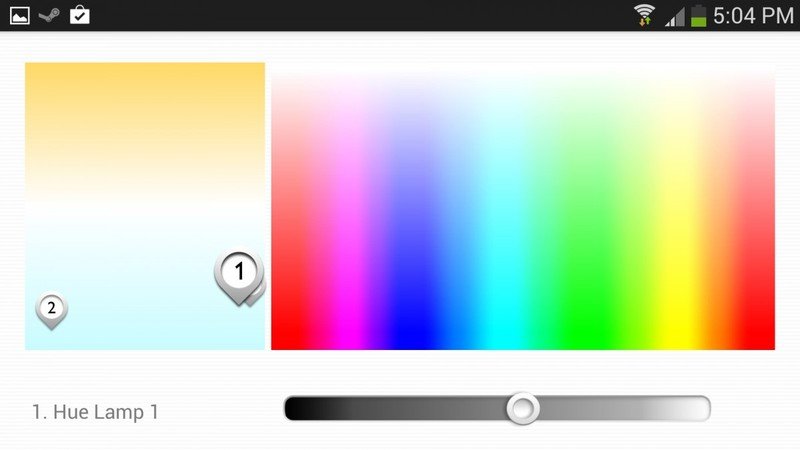
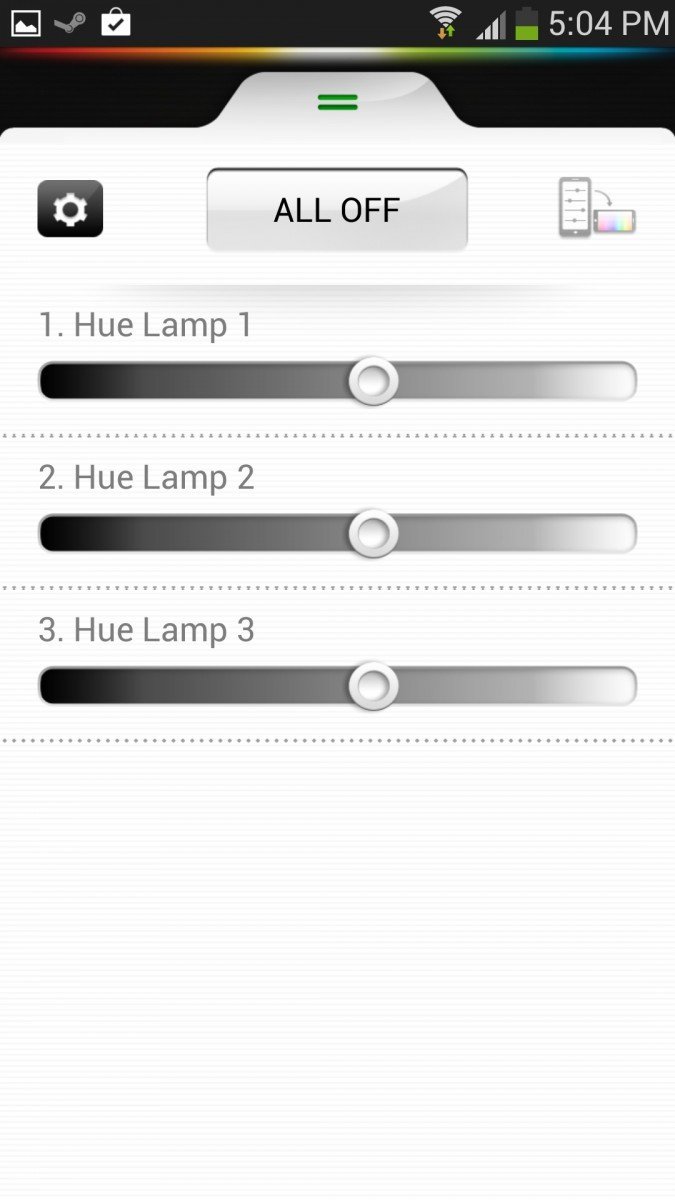
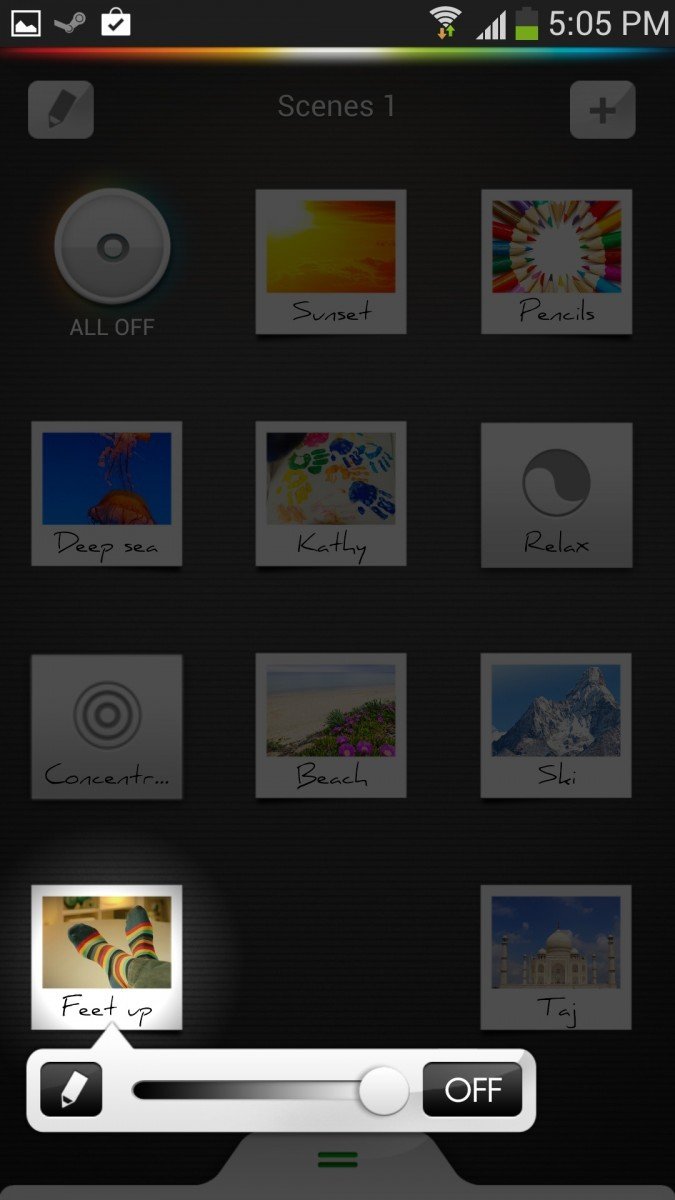
The biggest hurdle with the hue system is the price. $200 is a lot to pay for three light bulbs and what can easily be dismissed as a novelty. Having used them day-to-day for awhile now, I can say that the color and intensity of light has a pretty strong effect on mood - popping on the concentrate mode and putting it up to full brightness really does make me feel more awake in the morning. Setting the living room to some dark blues and purples is a perfect backdrop for watching scary movies. Moreover, being able to bring the lights back up to some cozy warm colors when the credits are rolling is an interesting transition that you don’t really get anywhere outside a theatre. It’s hard to say if the investment is worth it until you actually get one.
As a holiday present, Philips hue is perfect for gadget fans, since it’s not likely something they’ll spend money on themselves, it’s something they can show off, and in the scope of a one-time, special occasion gift, $200 isn’t that bad. Besides, there aren’t really any alternatives out there; Spark got relegated to a developer toy after a failed crowdfunding campaign, and while Lifx is about to ship, it isn't any cheaper, and lacks a supporting suite of products.
Get the latest news from Android Central, your trusted companion in the world of Android
If you've got the money kicking around, Philips hue can dramatically change the atmosphere of your living space at the flick of a switch, but don't try to fool yourself into thinking that this is anything more than a luxury purchase.


